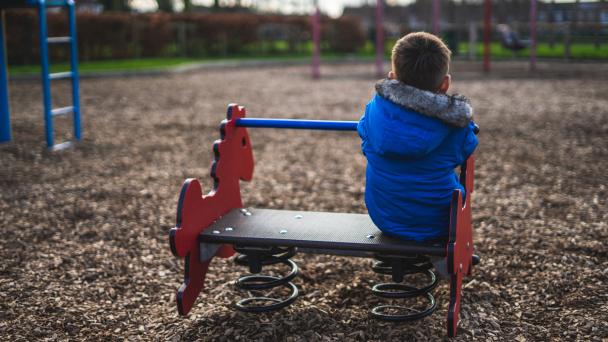Society Watch 2022 - Anxious Britain: How worried are we in 2022?

Women are twice as likely as men to report levels of extreme worry since the pandemic, according to new analysis published today as part of NatCen’s annual Society Watch report.
As reported by the Office for National Statistics, more COVID-related deaths were recorded amongst men, but women have been harder hit by many of the knock-on effects of the pandemic. Women experienced a more severe impact on their working hours and were more likely to work in sectors particularly badly hit by the pandemic than men, such as retail and hospitality.
Working mothers were at a high risk of having left or lost their job or of being furloughed, and women experienced worse wellbeing outcomes overall, being more likely than men to experience loneliness, anxiety and depression throughout this period.
As we reflect on the past two years, what is the legacy of these different experiences of the pandemic? We used the NatCen Panel, a nationally representative sample of adults in Britain, to ask people the same questions about a range of life areas in January 2018, January 2019 and January 2022.
Our new research finds clear differences since the pandemic when men and women were asked how they are feeling about their lives.
In 2018 and 2019, prior to the pandemic, levels of concern were high but there was little difference in levels of worry between women and men. By January 2022, women were twice as likely as men to report being extremely worried about most areas they were asked about (18% and 9% respectively). The divergence between parents was even starker, with mothers almost three times as likely as fathers to say they were extremely worried about most areas asked about in 2022 (23% and 8% respectively).
By 2022, half of women (52%) said that they were extremely worried about the health of their parents, compared with only one third of men (32%). Similarly, women were significantly more likely to be concerned about their children’s wellbeing. In 2022, a majority of women with children (53%) reported substantial worries about their children’s health and wellbeing, compared to only one third of men (34%).
On top of this, four out of 10 women were extremely worried about both their parents’ and their children’s health and wellbeing in 2022, with half as many men reporting the same level of concern for both generations.
This new ‘worry gap’ between men and women extends beyond the family. This year, women were also more likely than men to be extremely worried about their work-life balance, with three out of 10 women reporting extreme levels of worry compared to two out of 10 men.
Even larger was the worry gap between men and women regarding their personal level of education, qualifications and training: women were more than three times as likely as men to be extremely worried about this area, at 17%, compared to only 5% of men. These gaps were not seen in data collected in the years preceding the pandemic.
While these differences can be explained by different experiences of the pandemic, it is also, in part, a mystery. While previous research has shown women to be more likely to report symptoms of common mental disorders, the differences that our research has uncovered are new and were not evident before the pandemic.
These findings are not fully understood and evoke questions which future research may seek to answer, such as the specific concerns that men and women may have on these topics, and how gender may overlap with other demographic factors in different ways. Other topics would also be of interest, to assess the breadth of this newfound gap.
In the short or the long-term, we may see this difference improve. Alternatively, this upward trend for women’s levels of worry as opposed to men may continue. This research could well be raising an alarm on a new gender imbalance.
A ‘worry gap’ has been observed between men and women in previous times of hardship, such as post-2007 recession. With the public only just starting to come to grips with the realities of the cost of living crisis, additional challenges may well exacerbate these gender differences.
Should we see that the social, familial or financial burdens of the cost of living crisis fall disproportionately upon women, as they did with the pandemic, we may see the gulf widen among levels of worry experienced by men and women across Britain.




Receive a regular update, sent directly to your inbox, with a summary of our current events, research, blogs and comment.
Subscribe